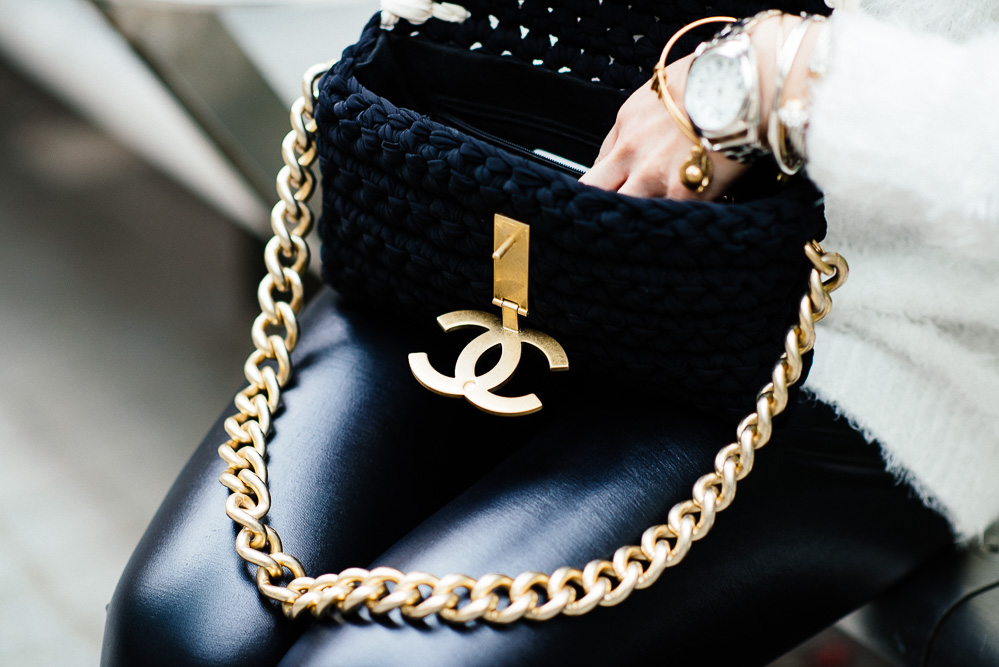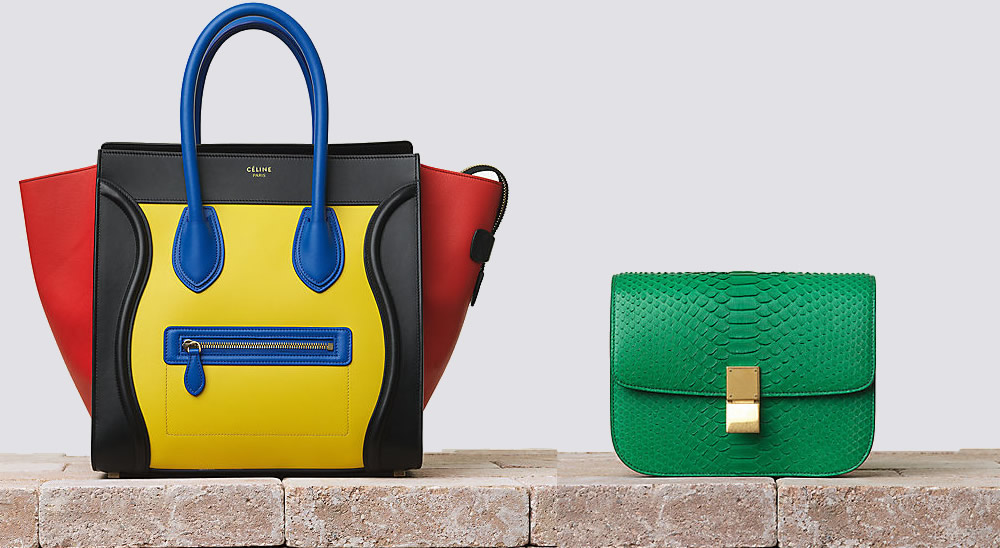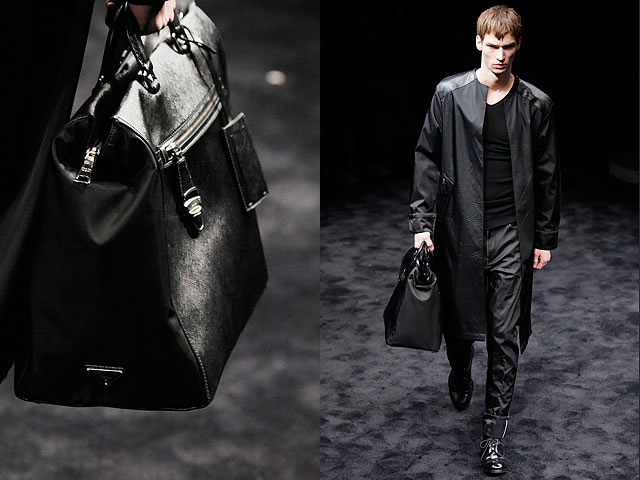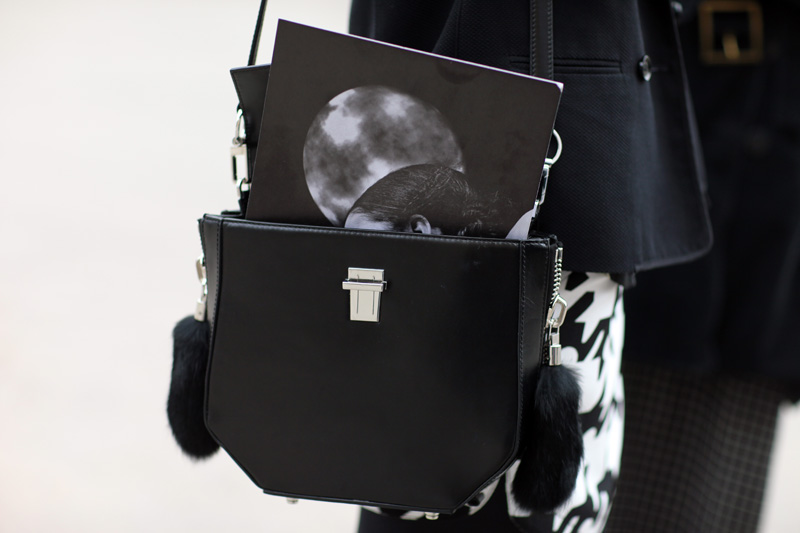Purses, pouches or bags date back to a period in which humans needed a way to carry their personal belongings; hence the birth of the purse!

Whilst the term handbag was non-existent until the mid-nineteenth century, Ancient Egyptian hieroglyphs reveal men wearing purses around their waist and Judas Iscariot (one of the twelve original disciples of Jesus Christ) is acknowledged in the Bible as a purse carrier.
In the fourteenth and fifteen centuries, men and women would attach pockets to their girdles (belt-like rope) of their medieval apparel to carry their possessions. During the Elizabeth era of the sixteenth century, women altered their behaviours and wore their pouches under their skirts, whilst men wore pockets made of leather called “bagges” inside their breeches. Likewise, the ladies would also carry what was commonly referred to as a “swete bagges” or bags that were filled with sweet smelling material.
By the seventeenth century, men and women preferred to hang long embroidered drawstring purses under their skirts and breeches and towards the end of the century, simple designs turned into more sophisticated complex shapes and materials. Purses in the form of ‘reticules’ or ‘indispensables’ (as the English liked to call them) were reborn in the eighteenth century, implying that women had developed a dependence on their handbags.
The nineteenth century brought about the rise of the “handbag” – woman’s new-found liberty and individuality. In this era, travelling by train was becoming more prevalent amongst both men and women and professional luggage makers sought to exploit this revelation by using their skills to create hand-held luggage bags, that is, the “handbag”.

The early naughties or “Gatsby era” paraded a variety of bags such as small reticules, the clutch purse and fitted leather bags. In this era, the handbags were more about fashion than function; hence the small and intricate designs. Working class women however, typically wore larger handbags such as the Boulevard bag, leather shopping bags and briefcases.
Most of the bags used today were invented by the 1930s, including the classic handbag, the envelope clutch, the satchel and the shoulder bag. The 1930s reflected the Art deco style, which emphasised abstraction and embraced new industrial materials such as plastic and zippers.
The ’40s saw fashion evolve into a more military style post World War II including larger, squarer and more practical looking bags symbolising a self-sufficient persona. Designers replaced the zippers and leather with wood or plastic for frames and enlisted new synthetics such as rayon.
The economic boom of the ‘50s threw handbags into cult status. The tiny handbag, like Cinderella’s tiny shoe, represented femininity and obedience. Women of the ‘50s preferred short-strapped handbags usually held by the hand or over the arm or in Grace Kelly’s case as a shield to hide her pregnancy. Popular materials included crocodile, alligator, turtle or snakeskin.
During the ‘60s, the attitude towards a woman’s ‘appropriate’ dress relaxed and youth culture was on the climb. As the outlook of correct dressing began to breakdown, the narrow long clutch appeared as one of the first types of handbags to transition into the age of simplicity and youth fashion. The small and pretty shoulder bag with long chains or thin straps underlined the ‘60s fluctuating fashion; a complete contrast to the models in the fifties.
In less than a decade, individual expression became significant and vibrant patterns lead way to a romantic and cultural look to fashion. The ‘70s depicted the “hippie persona” in which women flaunted hobo bags and totes with embellished slouch sacks featuring rainbows, marijuana leaf shapes and peace symbols. By the end of the decade, slung shoulder bags coated in zippers and buckles returned suggesting a new age of feminism wherein women were prepared for anything.
In the ‘80s and ‘90s high-end fashion was influenced by concerns surrounding health and fitness leading to the introduction of sports bags and shoes. Miuccia Prada introduced the first totally unisex bag made from black nylon that has since remained a commercial hit.

For a simple “accessory”, the handbag excuses for a lot. It has been titled an investment, a fashion statement, a status symbol, a prized item, heck even a survival kit. It can be practical and functional or luxurious and flippant; ready-to-wear or hand made. Some women worship it; others don’t even own one at all – Although I’d say the latter is token if not unlikely in today’s age.

Today, the “handbag” comes in all shapes and sizes and is made from a bewildering array of materials such as waterproof canvas, space age synthetics and faux reptile skins. Open any magazine and you’ll see the hegemony of the handbag in action page after page from Celine to Coach to Chanel to Louis Vuitton to a myriad of other key players in the high-end fashion industry. In the millennial age, the relationship between the bag and the wearer of the bag has skewed. Dismissed to the background, we as people have become a mere decoration, the handbag taking an identity of its own.

To read more about the birth of the purse and how it has evolved over the years check out FIB’s Masters of Fashion Vol 36, available now from Amazon and all good book stores: http://bit.ly/MastersofFashionVol36TheBag.








